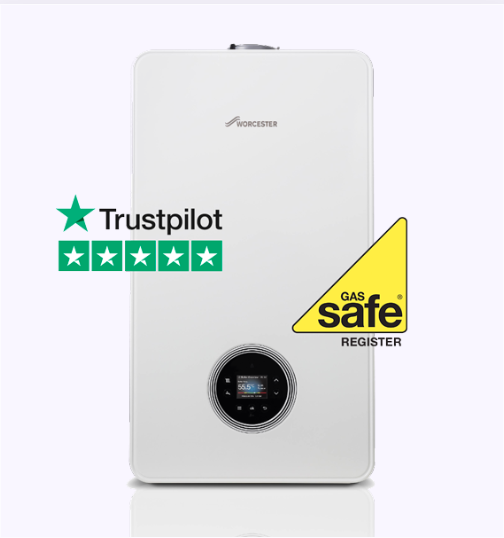How to Find the Best Water Source Heat Pump Suppliers in the UK
Warmable can help you find the best water source heat pump manufacturers in the UK. Selecting a supplier will depend on certain requirements, therefore you should assess your heating and cooling needs, considering factors like:
- Building size
- Insulation
- Available water source
Obtain free quotes from multiple reputable websites such as Warmable to compare the initial purchase price and operating costs of their water source heat pump systems. This will help you understand the financial aspects of your investment.
Calculate the payback period for each supplier’s system by comparing the initial purchase cost with the energy savings and incentives offered. Different suppliers may offer varying payback periods based on system efficiency and incentives.
Check that your location is suitable for a water source heat pump, considering the proximity to an open body of water. The location may influence the feasibility and efficiency of the system.
Consider the brand of the heat pump offered by each supplier. Brands like Kensa, Mitsubishi Electric, and Daikin are known for their quality and efficiency. Choose a supplier that offers systems from reputable manufacturers.
How Does Water Source Heat Pumps Installation Work
The first step is a site assessment. A qualified technician or engineer will evaluate your property to determine the suitability of a water source (e.g., a river, lake, pond, well) and assess your heating and cooling needs. This assessment helps in choosing the right type and size of water source heat pump system.
Based on the assessment, the installer will design the system. This includes selecting the appropriate type of water source heat pump (open-loop or closed-loop), choosing the heat pump’s capacity, and planning the layout of the system.
The installer will usually help you obtain any necessary permits or approvals required for drilling, water abstraction, or environmental considerations, depending on the specific installation and your location.
The heat pump units are installed in your property. This may involve positioning them in specific zones to meet your heating and cooling needs efficiently.For closed-loop systems, the installation of the loop is a crucial step. This can be either a horizontal loop (buried in trenches or fields) or a vertical loop (created by drilling boreholes).
In open-loop systems, the connection to the water source is established. Pipes are run from the heat pump units to the water source to allow the heat exchange process to occur. Filters and water treatment may be necessary to maintain water quality.
The electrical connections for the heat pump units are made, ensuring that the system is properly wired and connected to the electrical panel. After installation, the water source heat pump system is thoroughly tested to ensure it is functioning correctly. The installer will check for leaks, measure system performance, and make any necessary adjustments.
The installer will balance the system to ensure that heat is distributed evenly to different zones in your property. Zoning is particularly important in larger installations and multi-zone systems to optimise energy use.
The water source heat pump system is integrated with your existing heating and cooling systems, such as underfloor heating, radiators, or air handlers. This ensures that the heat pump works harmoniously with your property’s comfort needs.
The installer will provide training on how to operate and maintain the water source heat pump system. This includes understanding the controls and settings. Regular maintenance is essential to keep the water source heat pump system operating efficiently. Maintenance typically includes checking refrigerant levels, cleaning coils, and monitoring water source quality (for open-loop systems).



